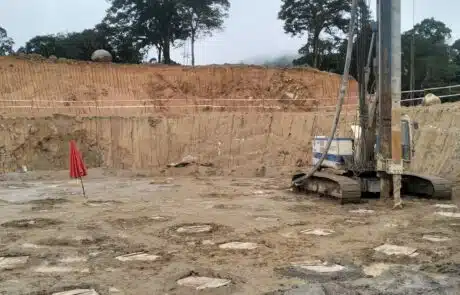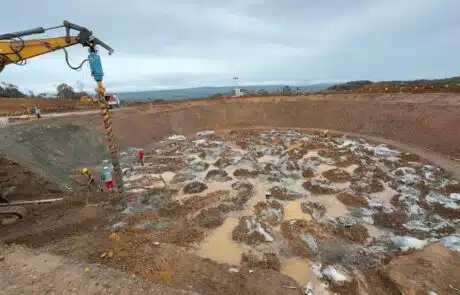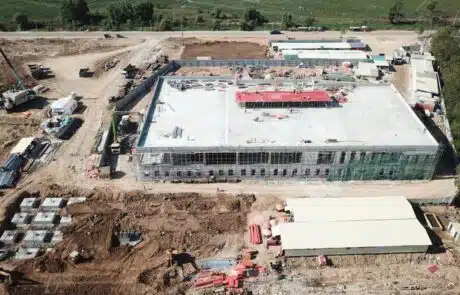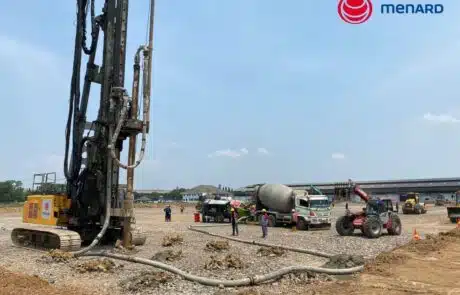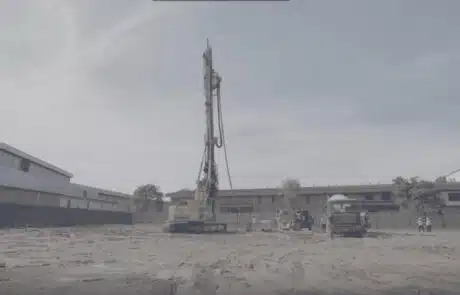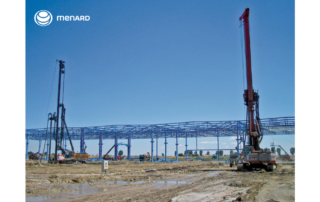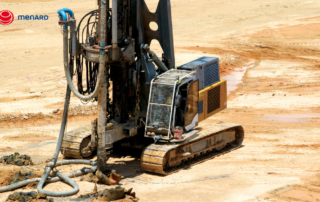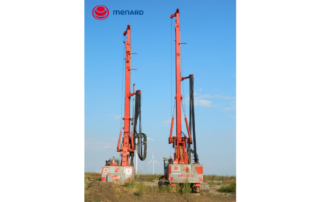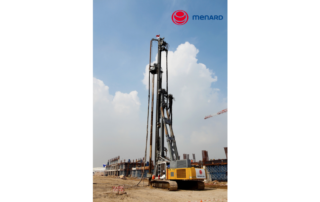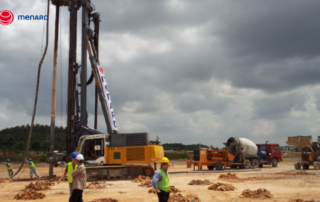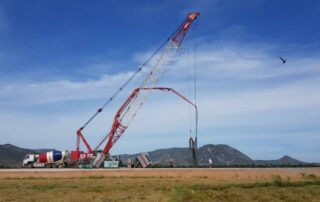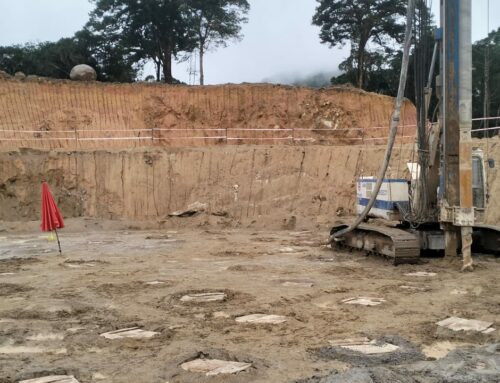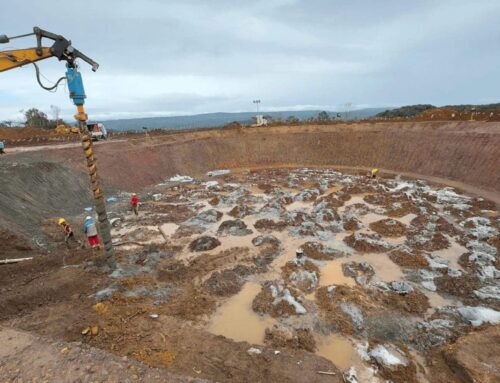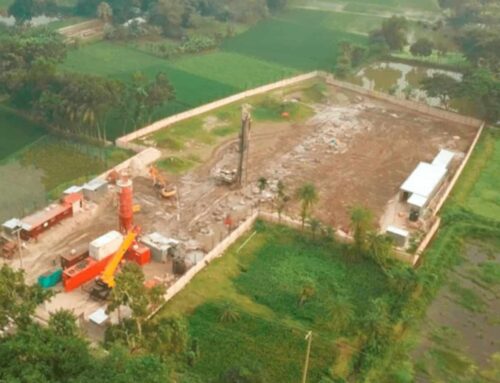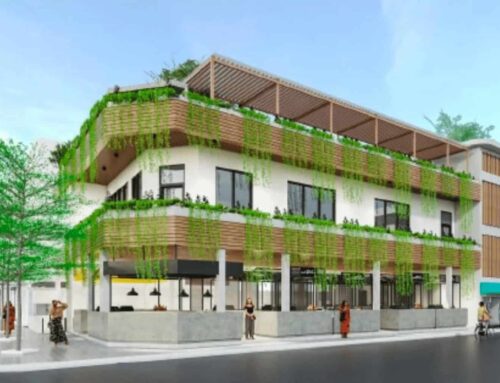What is Controlled Modulus Column®?
Controlled Modulus Column (CMC) is an environmentally sound and economical solution for strengthening soft ground using grouted inclusion.
Controlled Modulus Column was invented by Menard in 1990s as a cost effective alternative to piles. It increases the stiffness of the treated soil mass by allowing effective load sharing between the soils and the columns.
Controlled Modulus Columns (CMC) provides the benefits of traditional deep foundations, but without the need for extensive excavation or high-volume concrete usage.
By introducing rigid grout inclusions into the soil, this method offers an effective and environmentally friendly solution for supporting a wide range of structures.
Why Choose CMC?
✅ Effective Load Distribution
The columns transfer loads through compressible soil layers into more competent strata.
✅ Low Vibration Impact
CMC installation creates minimal vibrations, making it ideal for projects near sensitive structures.
✅ Environmentally Sound
CMC reduces the need for large volumes of concrete and excavation, resulting in lower carbon emissions and reduced waste.
✅ Faster Installation
Compared to traditional piling, CMC is quicker to install, saving both time and costs.
How Controlled Modulus Column Works
Menard Quality Assurance
At Menard Asia, quality is at the heart of every project. Our team of engineers and ground improvement specialists works closely with clients to ensure that each CMC project is executed to the highest standards, meeting both technical and environmental regulations.
FAQs About CMC by Menard Asia
Interested in using CMC for your next project?
Request a Quote today, and one of our specialists will get in touch to discuss your requirements. Our team of experts is ready to assist you in finding the best solution for your ground improvement needs.
Menard Asia Expertise in CMC
As an industry leader in ground improvement, Menard Asia combines decades of experience with cutting-edge technology to deliver world-class solutions. What sets us apart is our strong local presence and understanding of regional challenges. Our team of experts, based locally in the countries where we operate, works closely with clients to provide personalized solutions. Our commitment to client success ensures that every project meets the highest technical and environmental standards.

